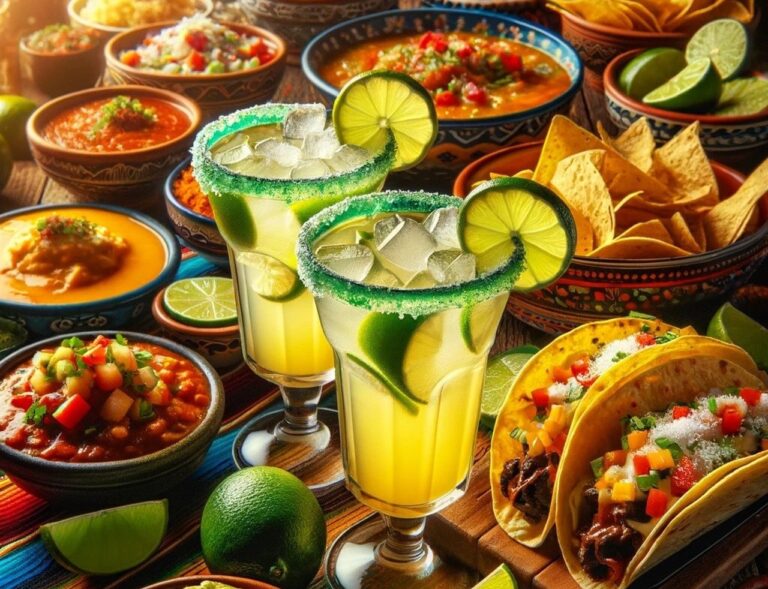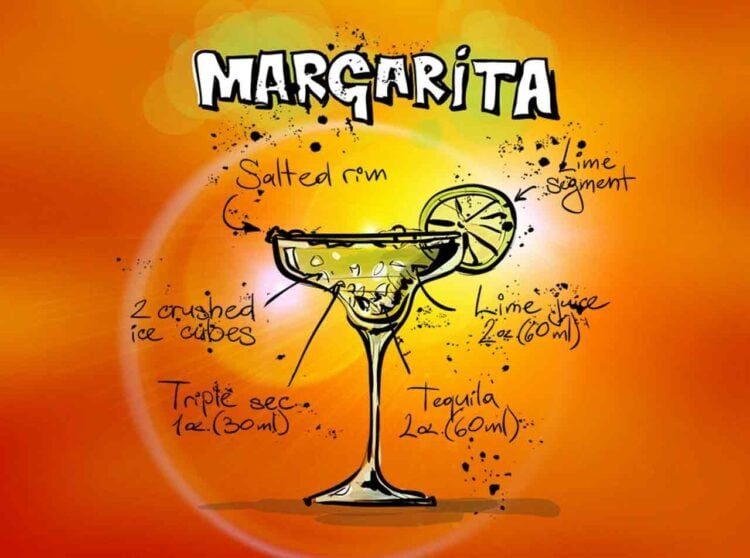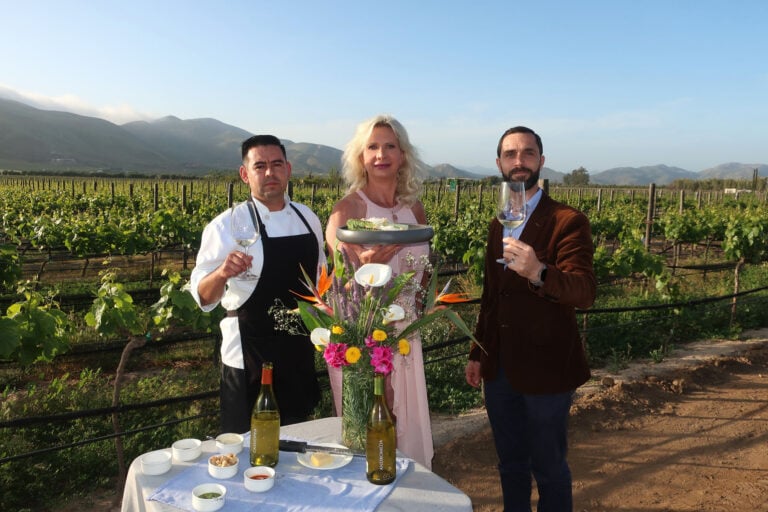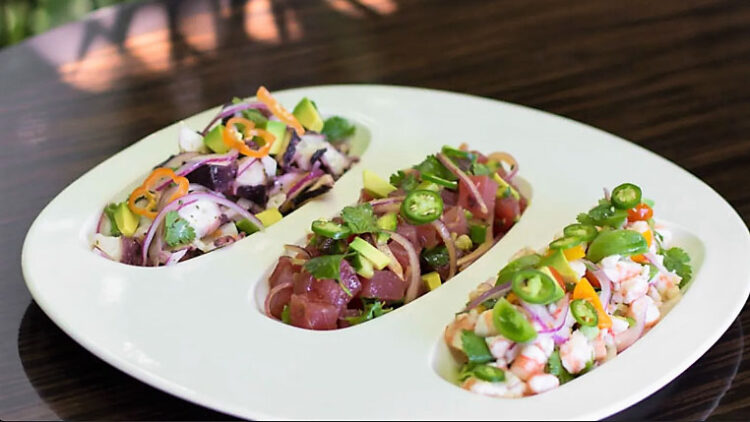Wine of the Week: Cleto Chiarli, Vecchia Modena, Lambrusco di Sorbara Secco | Emilia-Romagna, Italy
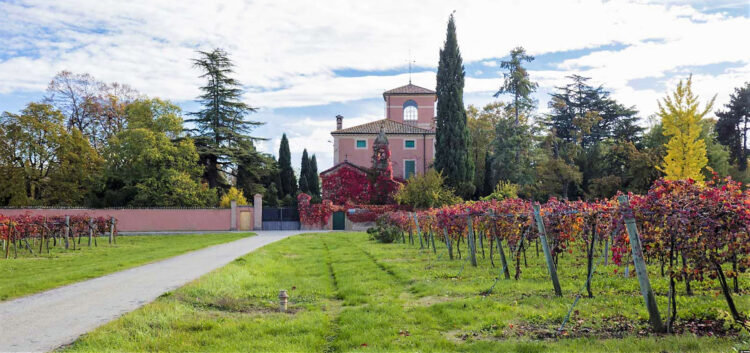
Lambrusco | February 28, 2022
> FACTS
Lambrusco is the name of both the wine and the grape mostly grown in the areas of Modena, Parma and Reggio in the Emilia-Romagna region and Mantua in Lombardy, Italy. The grape has a long winemaking history, with roots going back to the Etruscans and the Romans who valued it for its high yields. There are more than 60 varietals of Lambrusco, but to make the wine, most often, only six varietals are used: lambrusco maestri, lambrusco marani, lambrusco montericco, lambrusco salamino, lambrusco grasparossa and lambrusco sorbara.
Most Lambrusco wines are produced in a slightly sparkling style (frizzante) using the Charmat method (fermentation in a closed, pressurized tank), the same process to make Prosecco. Red Lambrusco is the most common style but the wine is also made in rosé format as well. They have relative low alcohol levels and can be produced in styles ranging from bone-dry to very sweet.
The story of Lambrusco is closely intertwined with the Chiarli family of Modena, arguably the most important producers of red sparkling wine in the world. The tale begins with Cleto Chiarli, the proprietor of the Modena restaurant Osteria dell’Artigliere in the mid-1800s. As was common for restaurateurs and innkeepers in those days, Chiarli made his own wine to sell at the osteria. Naturally, the wine was made from Lambrusco, the area’s primary grape varietal, and it was well received by customers—so much so that in 1860 Chiarli was emboldened to found Emilia Romagna’s first wine-producing company, the Cantina Cleto Chiarli. The company thrived, and eventually, under the Chiarli 1860 name, it became the largest privately-owned producer of Lambrusco.
> THE WINERY
The Chiarli family was also instrumental in taking Lambrusco from being just one among innumerable Italian local wines to its status as a popular international phenomenon and one of the country’s primary exports. A century after the winery’s founding, the Chiarli family pioneered the use of the Charmat or tank method of sparkling wine production for Lambrusco. Whereas the customary “ancestral” method always resulted in dry, fizzy, cloudy wines because it continued to ferment inside the bottle after it was sealed, Charmat-method Lambrusco introduced several advantages. It allowed filtration to make the wine clear, offered the opportunity to increase the bottle pressure to the fully sparkling level, and made it possible to bottle a wine that would retain residual sugar. The new Lambrusco—sweet, red, clear, and effervescent—became a sensation, and for a couple of decades, it was the most-imported wine category in the United States.
Although other, larger wine companies supplied the majority of Lambrusco exports, Chiarli held its own among the top Emilia-Romagna wineries. By the turn of the 21st century, the business was in the hands of Cleto Chiarli’s great-grandsons Mauro and Anselmo Chiarli, and they decided to spin off a new production center that would move away from mass-market Lambrusco into a more artisanal, quality-driven style. In 2000, they began building a new facility to produce a higher-end line of Lambrusco wines using carefully selected, estate-grown grapes and state-of-the-art equipment. The new company was named Cleto Chiarli after the founder.

Origin: Emilia-Romagna, Italy
Varietals: 100% Lambrusco di Sorbara
Sustainability: sustainable practices
Suggested retail price: $17.00
ABV: 11%
The Vecchia Modena Lambrusco di Sorbara represents the history both of the Chiarli wine company and of Lambrusco wine itself. The bottle and label are reproductions of an 1892 bottle—the oldest existing bottle containing Lambrusco—that is still treasured in the Chiarli archives today. Chiarli Vecchia Modena won the first international recognition by a Lambrusco wine at the World Expo in Paris in 1900. Reintroduced in 2002 at a brand-new Cleto Chiarli winery, the wine is made through a single fermentation under pressure, rather than the normal two-fermentation process of almost all other sparkling wines. This is in the brut range, with minimal detectable sweetness.
The wine has a pinkish, red color. The nose shows aromas of strawberry, tangerine and a touch of earthiness. The mouth feel is fresh and abundant with flavors of cherries, spices and a hint of minerality.
Suggested food pairings: as an apéritif, charcuterie board, pizza, poultry dishes, hard cheeses, fruit-based desserts.
> For more information, visit the Chiarli official website.

